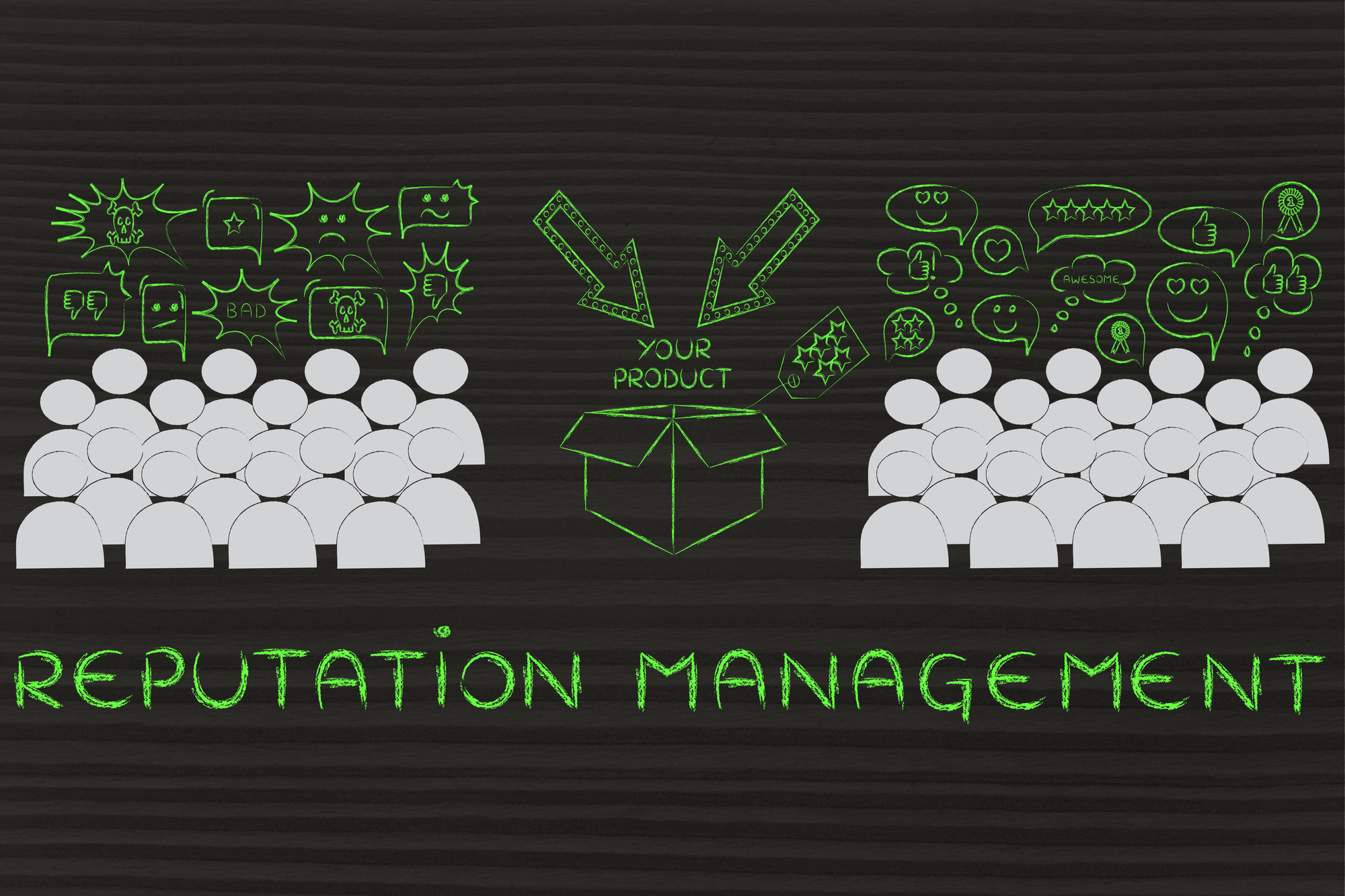Teamwork is key to success — but how does it work for cross-functional teams?
Looking after a whole team of people who each have different skills isn’t always easy, but it becomes a lot easier when you develop the team in the right way. Doing so brings out the best in everyone, boosting overall productivity and ensuring that your common goal is met.
The idea behind a cross-functional team is often to encourage a collaborative environment where team members and their skills are allowed to flourish so much that productivity goes through the roof. However, with studies showing that 75% of cross-functional teams are dysfunctional, some businesses might be ready to give up the ghost.
On the other hand, if you’re keen on making this work, let’s take a look at the top 8 tips for developing cross-functional teams in your organization.
Put Together the Right Team with the Right Attributes
A cross-functional team is rich with different skill sets.
However, there’s much more to it than that. Often, a cross-functional team is self-directed, which means they bring their own unique approach to a specific task. They also bring their own perspective, creativity, and solutions.
As such, it’s important that you hire individuals who have prior experience of working in a cross-functional team. If you hire someone who has no prior experience in this environment, you might find that you have to carry out a certain amount of hand-holding.
When assessing candidates, identify those who are natural self-starters and who are self-motivated. Hire people who are prepared to take responsibility when it comes to making decisions for themselves. These are the kind of people who thrive in a cross-functional team.
Here’s a great example of the process on how to build an outreach team and ensuring that each member has their own, clearly defined role, but is also able to take over the tasks of the colleagues if needed.
Present Clear Timelines to Ensure Projects Move Forward at a Good Rate
Another challenge faced by cross-functional teams is that of making sure that any new project moves forward at a good rate.
When you invite new team members onto a new project with other team members they may not have worked with before, they might agree to it - but they might not move it forward at the rate you wanted. Before you know it, your new project is put on the back burner and there’s no end in sight.
Before you ask different team members to join in on a new project, make sure that you’ve already put in place an estimated time of completion. Create a clear proposal and timeline that everyone can see and understand. Show how much time commitment is likely to be required of each member so that everyone knows what you expect from them.
Using your team collaboration app, you can, for example, assign due dates to each task. This ensures that everyone knows what needs to be done and how long it will take them.
Define Your Team’s Goals
One of the core challenges faced by a cross-functional team is misalignment when it comes to goals.
When teams from different departments come to work together on a project, there’s always the chance that there will be a bit of conflict. Moreover, what is a priority for one team might not be a priority for another.
The key to aligning on goals is creating clarity of purpose. To do this, ask your team leaders to make everyone aware of what your company’s goals are. Make sure that everyone knows what the priorities are, too.
Using your team collaboration tool, you can create a project that outlines your core objectives and priorities, which you then share with your whole company. Everyone who works on a particular project needs to be able to see the bigger picture; they need to be able to see how smaller individual goals tie into the bigger, overriding goal.
Each team member will have their own goals, but your team as a whole needs an overriding goal — and you need to share it with everyone. Doing so helps to establish priorities, outcomes and deadlines/schedules. Moreover, it helps everyone to feel as though they’re actually a part of something.
Cross-functional teams do have the autonomy, but it’s important that they’re aware of your overriding, collective goal(s). In this way, they will know what is expected of them and what kind of time frame they’re dealing with here. This prevents a team member forging ahead on a low-priority goal, prevents conflict and ensures the focus of your whole team.
Communicate Properly
Communication is a big problem faced by cross-functional teams. If your team members aren’t properly informed, deadlines might be missed.
Worse still, opportunities might be missed, too.
Look at it like this: If a team member doesn’t know what another team member is doing, a barrier is created and a chance for collaboration and progress is blockaded.
Organic collaborations do happen in cross-functional teams. These are moments when one team member is “accidentally” informed of another team members’ doings. However, organic collaborations can be few and far between. With better communication, more and better collaborations are possible.
To improve your team’s communication, create a place where you can regularly update your whole team on each other’s activities, tasks, and progress.
Of course, if you have a rather big team this has the potential to create a fair bit of noise. To this end, not absolutely everything needs to be shared by everyone. Not every little activity needs an update. Give people a place to share updates but make sure that each update is relevant, brief and helps to move the project forward.
If you have a remote team, communication does become a bit trickier, but it’s important that you stay in touch with your team members. Perhaps, add everyone to a project or task management app such as Asana. You could ask each team member to check in at the end of the week with what work they’ve got through over the last 5/7 days.
When you do communicate, give feedback. Give praise when it’s right, too, as this can help to keep remote workers motivated.
Be honest, be transparent. Moreover, clarify beforehand what your team can expect in terms of communication. This is important because your team members will each have their own expectations with regards to how information and opinions are expressed.
Recommended: Pros and Cons of Remote Working Teams
Overcome Ingrained Working Habits
Cross-functional teams are filled with team members who have their own ingrained ways of working. However, anyone who joins a cross-functional team needs to adapt to new ways of working, as well as new tools.
The problem is that habits are hard to eliminate while adopting a new tool isn’t something many of us relish. We’re already used to our tools and our methods of doing things.
However, to be more efficient, cross-functional teams need to learn how to adapt.
If you’ve got a new tool that you want your whole team to get on board with, it’s important that you ease them into this new tool. If the tools are developed in-house, try using the user onboarding software to ensure a smooth start for your employees. Such tools significantly improve the initial users’ experience and allow to comprehend how the given tool works much faster.
And don’t forget to start small.
It’s the same if you’ve got a new process that you want each team member to adapt. Start with something small and ease people into it.
Moreover, show them evidence that your tools and processes have worked in the past. Perhaps enlist a team member to demonstrate who X tool has benefited them and their team in the past, and how it’s going to supercharge your cross-functional team’s efficiency.
Work Towards a Shared Success
Working with a cross-functional team — especially one that’s remote — can sometimes make it difficult for goals to be met on time. While one team member might have completed what was asked of them, another might be miles off the pace.
It’s the job of a leader to keep everyone updated so that each team members’ goal lines up with another. If a copywriter has reeled off some copy, it makes sense that the editor is then ready to look through it — as opposed to only being ready a week after the copywriter has finished the copy.
To make sure everyone stays on track, you can use a team collaboration app like Slack or Nozbe. This allows your team members to converse with one another and keep each other updated.
Measure Your Success
To measure individual success, you need to give each team member a set of goals at the start of a project, before holding monthly evaluations to see whether these goals have been met.
You can use the KPIs system and track them with an appropriate tool such as Plecto. This will allow you to stay up-to-date with how your team is performing and what adjustments need to be made over time.
You’ll want to measure productivity, too. While there are different ways to measure productivity, it’s always useful to look at metrics like profit, service, and sales. These are good baselines upon which to gauge who productive your team has been at large. Another way to measure productivity is to use a time management tool that tracks the amount of time it takes your cross-functional team to complete tasks and objectives.
You could also ask for feedback from members of your team to see how they feel about the performance of other team members. This method shouldn’t be the only way you measure productivity, but it can be useful when assessing the overall contribution of each team member.
You’ll need to measure your team’s success, but it’s also important that you let your team know how you’ll be doing this. Once your team knows how their performances will be measured, it can encourage more enthusiasm for a project.
Determine how you will measure results, and then constantly reevaluate. Measure progress as the project goes along — don’t wait until the end. Always ask if objectives have been achieved. And if they haven’t, why haven’t they?
Be measuring progress as you go along, you can improve consistency, workflow, and continuity. Plus, you can make your organization more scalable.
Organize Team Building Exercises
Teams that play together, win together. When there is trust between team members, it’s easier for each individual to be more engaged on a project. Morale, empathy, and productivity all go up.
If possible, arrange face-to-face meetings with your team. Invite them out for a day out. Your goal is to put together a climate where people know each other, trust each other — and want to work for each other.
If you can’t arrange face-to-face meetings, perhaps consider group video calls where all of you celebrate your wins. It’s a good idea to host these in coffee shops, as it brings people out of their working environments and can help them to relax.
The problem you might be facing right now is that your cross-functional team members have never met and thus don’t know one another. Worse still, they might not be comfortable with each other just yet.
A great way to overcome any feelings of discomfort is to engage everyone in team building activities. These don’t need to be huge day trips to a theme park. Instead, they can be as simple as, for example, assigning seats to break the ice. How does this work? Your cross-functional team might have a few cliques in it that prevent everyone from getting to know each other. As such, it’s a good idea to assign seats yourself to encourage new conversations.
Another icebreaker is to have a “learn and share” session. This is where each team member is encouraged to open up about something they otherwise wouldn’t. This encourages connections and can spark bonds.
Other simple bonding sessions include breaking your team up into small groups of 2 or 3 people and sending them out to the local coffee shop. Or perhaps they could all grab some breakfast together.
Conclusion
These are 8 top tips for developing cross-functional teams in your organization. Building a strong cross-functional team can be a challenge. Use these tips so that it doesn’t become an impossible one, and remain consistent with all that you do, from communication to goal-setting to team-building.
Related Posts
Kas Szatylowicz is a digital marketer and an SEO writer at Digital Olympus. She is also a blogger at kaswho.com
Connect with her on LinkedIn or Twitter at @KasSzatylowicz.







